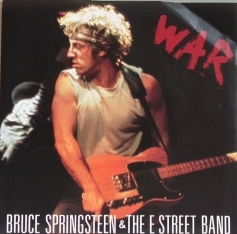|
| Southern ManNeil Young |
Writer(s): Neil Young (see lyrics here) Released: August 31, 1970 (on After the Gold Rush) First Charted: -- Peak: 3 CL, 1 DF (Click for codes to charts.) Sales (in millions): -- Airplay/Streaming (in millions): -- radio, 17.5 video, 20.41 streaming |
Awards:Click on award for more details. |
About the Song:Canadian singer/songwriter was one of the founders of the folk-rock group Buffalo Springfield after moving to Los Angeles in the 1960s. He followed their brief run with a solo career in 1968. After two albums, he reunited with Stephen Stills, his bandmate in Buffalo Springfield, for the chart-topping, multi-platinum 1970 album Déjà Vu by Crosby, Stills, Nash & Young. Before year’s end, Young was back with his third solo album, After the Gold Rush, a platinum, top-five album. One of the album’s highlights was “Southern Man.” “Its Crazy Horse-style loping tempo and Young’s burning guitar lines made ‘Southern Man’ an instant live favorite.” TC “As with many of his apocalyptic tales, this is filled with images of burning estates and a society in flames.” TC The lyrics “describe the racism towards blacks in the American South…Young tells the story of a white man (symbolically the entire white South) and how he mistreated his slaves. Young pleadingly asks when the South will make amends for the fortunes built through slavery.” WK The song gained a new level of attention when the Southern rock band Lynyrd Skynrd wrote “Sweet Home Alabama” in response to the song, as well as Young’s “Alabama” from his 1972 album Harvest. The band took offense at what they saw as Young’s accusation that the entire South for to blame for American slavery. Young responded by saying he was a fan of the song and Lynyrd Skynyrd. Young also said that in regards to his “Alabama” song, the criticism was deserved because Young was “condescending and accusatory.” WK Resources:
Related Links:First posted 4/24/2024. |










